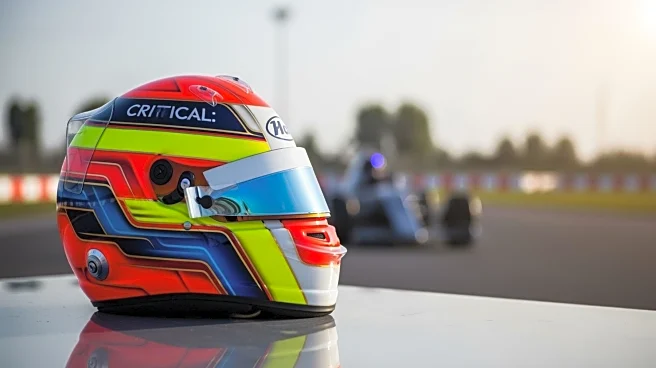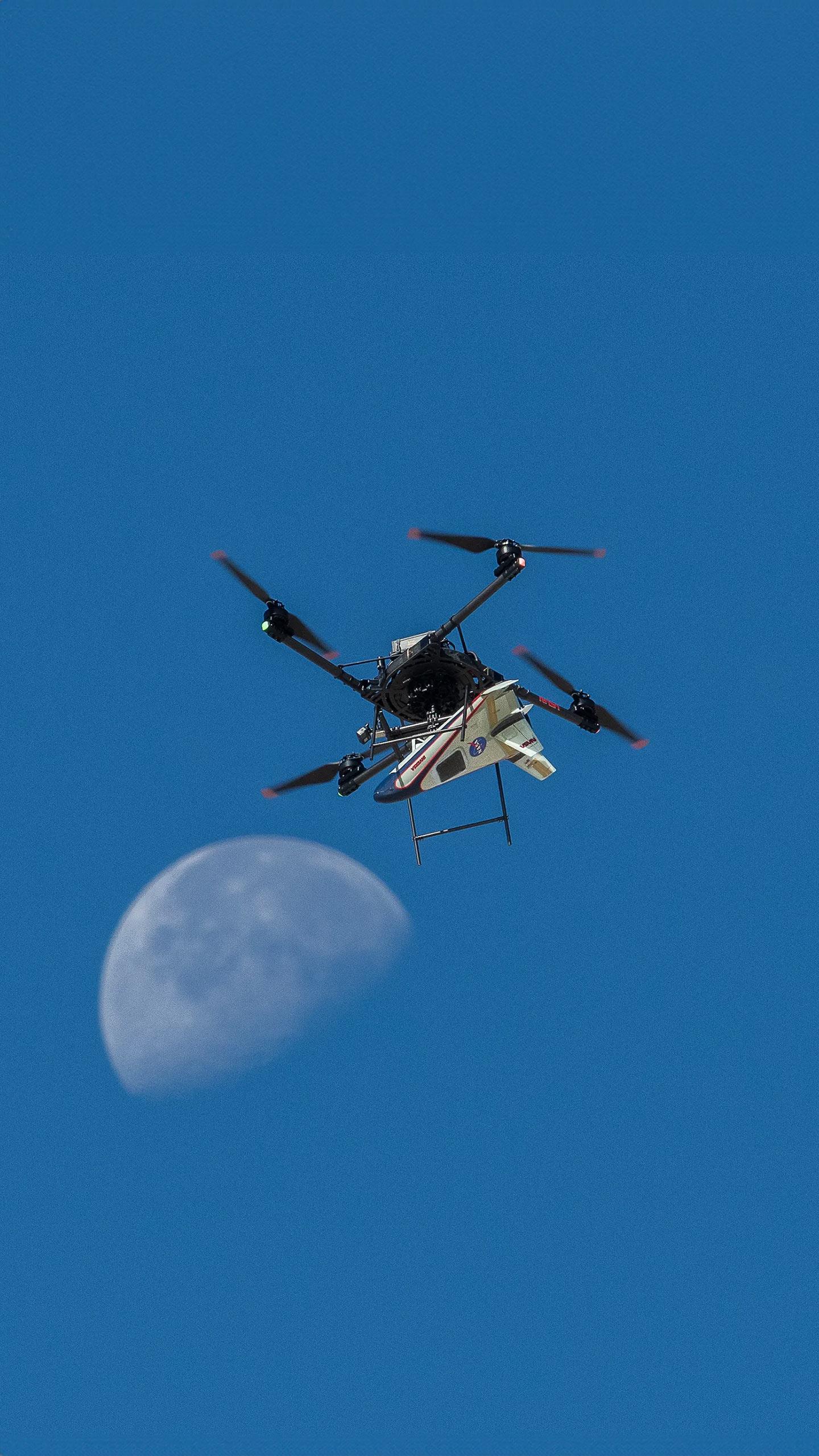What's Happening?
Lando Norris, a driver for McLaren, expressed his thoughts on the sprint qualifying session for the United States Grand Prix at the Circuit of the Americas (COTA). Norris narrowly missed out on pole position
to Max Verstappen, finishing just 0.071 seconds behind the Red Bull driver. Despite being fastest in the practice session and the initial qualifying rounds, Norris acknowledged the difficulty of the track, which is known for its bumpy surface due to high-plasticity clay. He admitted that his performance was not sufficient to surpass Verstappen, but remained optimistic about his race pace, which he believes is typically stronger than his qualifying pace.
Why It's Important?
The performance of Lando Norris in the sprint qualifying session is significant for McLaren as they aim to compete against Red Bull, a dominant force in Formula 1. Norris's ability to challenge Verstappen, even narrowly, highlights McLaren's potential to disrupt the current standings. The outcome of the sprint race could impact the championship race, especially if Norris manages to outperform Verstappen. This development is crucial for McLaren's strategy and morale, as they seek to capitalize on their race pace advantage and secure valuable points in the championship.
What's Next?
Norris is hopeful for a better performance in the sprint race, where points are awarded to the top eight finishers. He aims to leverage McLaren's stronger race pace to potentially surpass Verstappen and gain an advantage in the championship standings. The race will test McLaren's ability to adapt to the challenging track conditions at COTA and could influence their approach in future races. The team's focus will be on optimizing car setup to handle the track's bumps and improve driveability, which could be pivotal in securing a favorable outcome.
Beyond the Headlines
The challenges faced by Norris at COTA underscore the importance of track-specific strategies in Formula 1. The unique surface conditions at COTA require teams to fine-tune their car setups, highlighting the technical complexities involved in racing. This situation also reflects the broader competitive dynamics in Formula 1, where teams must continuously innovate and adapt to maintain their competitive edge. The race at COTA serves as a reminder of the intricate balance between driver skill and engineering prowess in achieving success in the sport.











